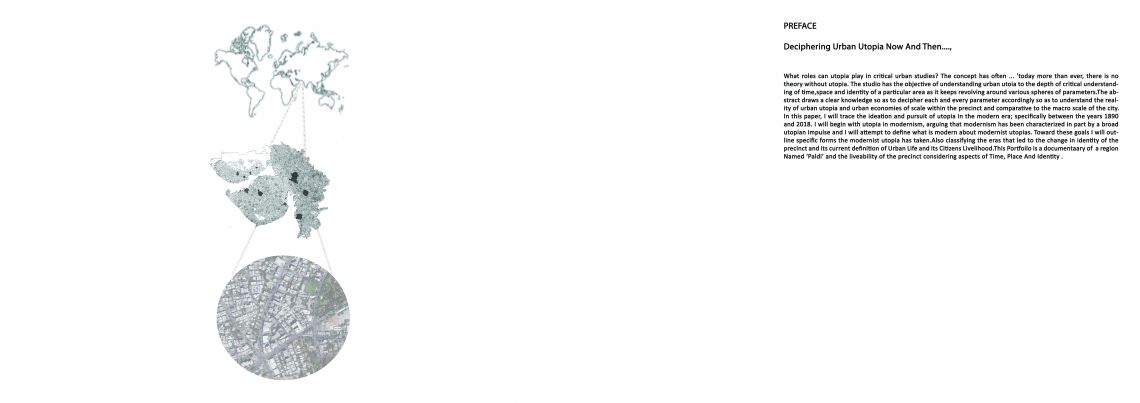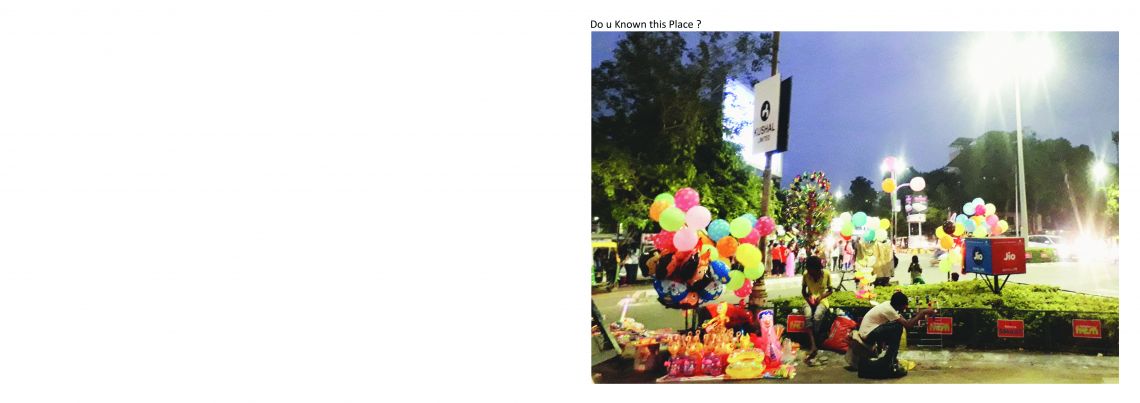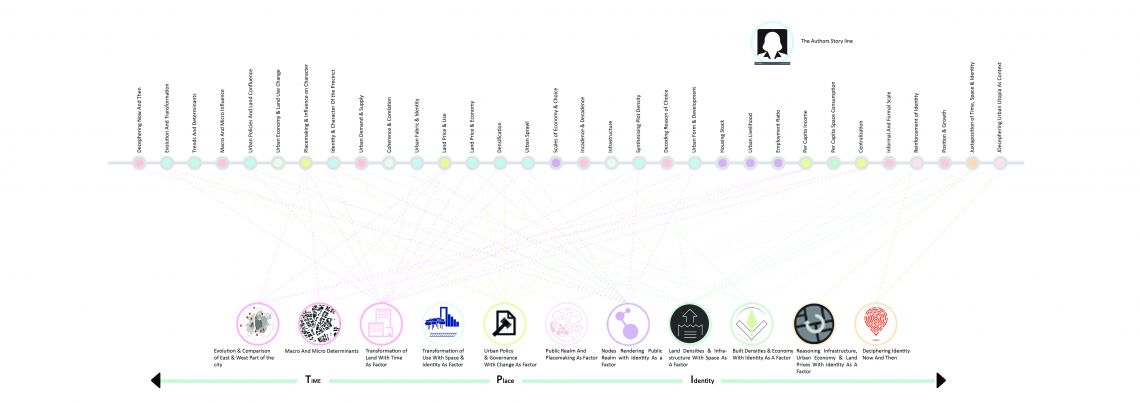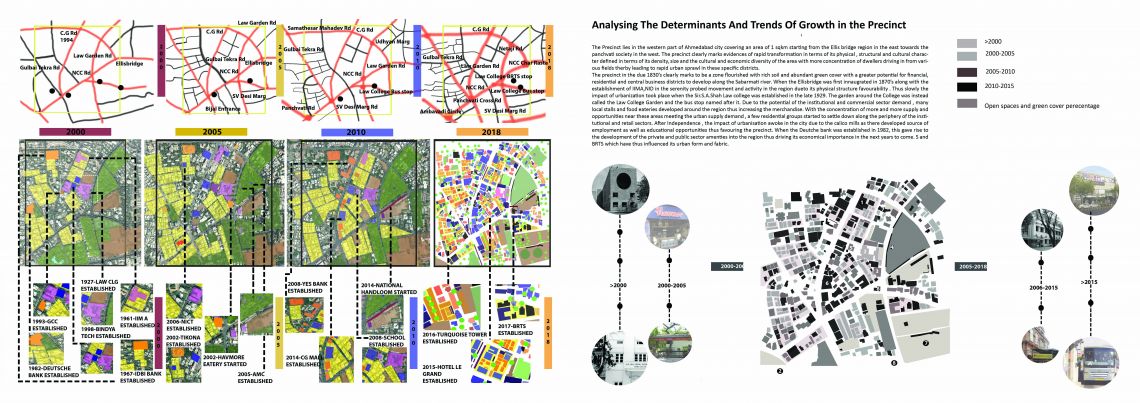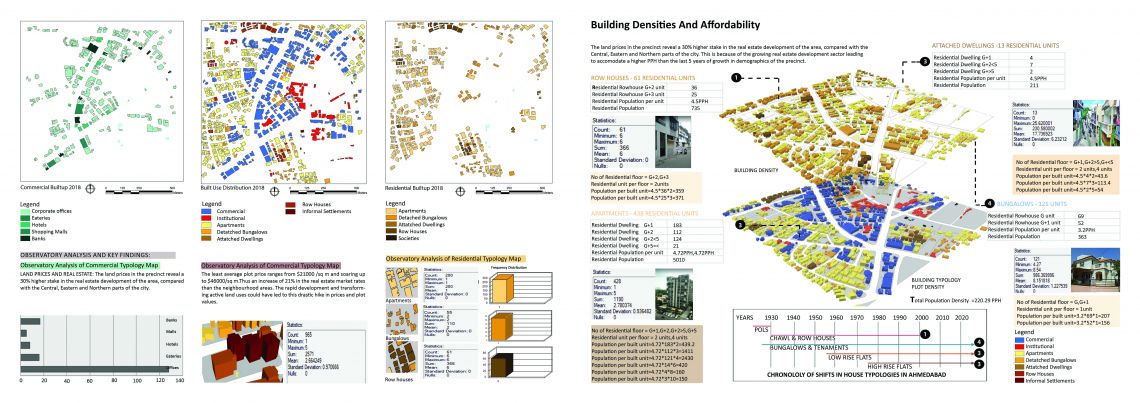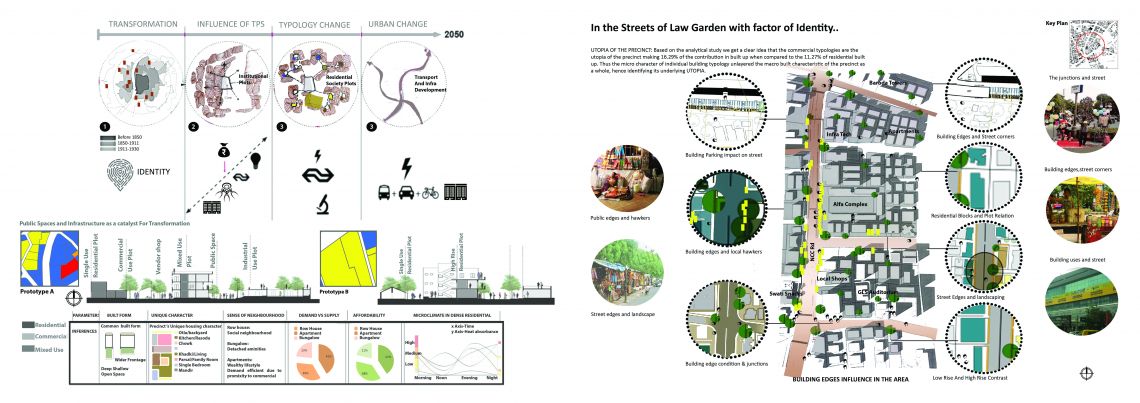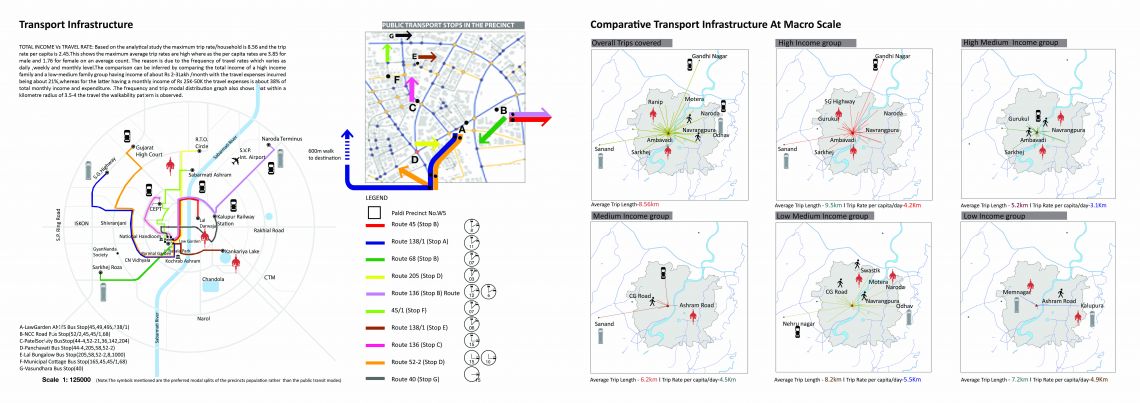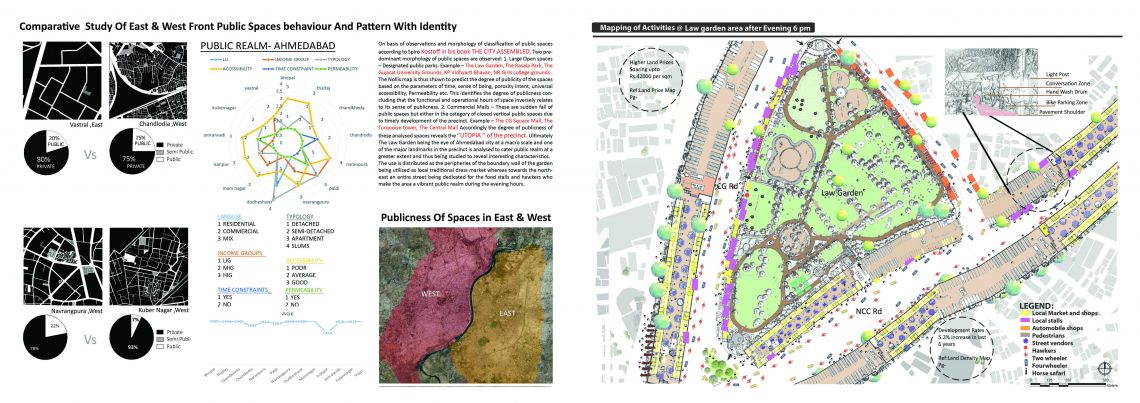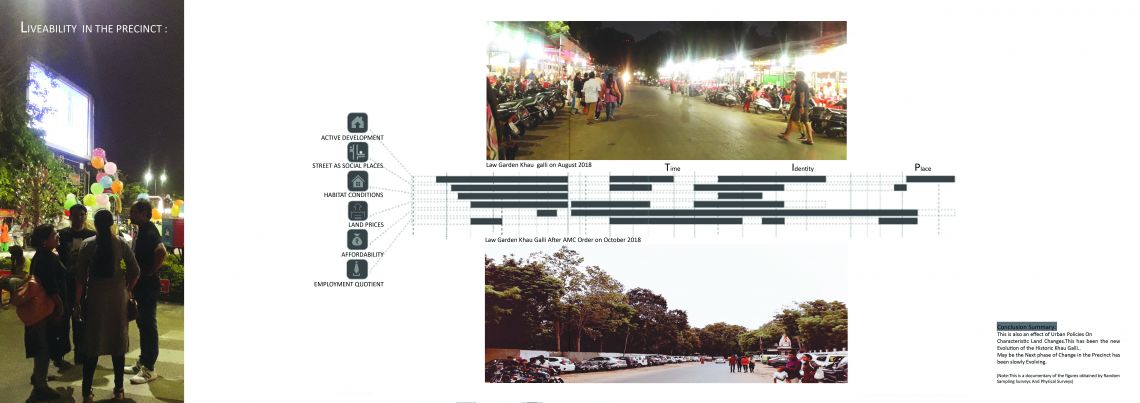Your browser is out-of-date!
For a richer surfing experience on our website, please update your browser. Update my browser now!
For a richer surfing experience on our website, please update your browser. Update my browser now!
The recent decades has seen rapid growing trends of urbanization which have laid emphasis on the realization on urban Utopian context .The current trend is constantly revolving on achieving urban utopias which aim to create livable neighborhoods across all urban economies. The document thus helps to understand what roles can utopia play in critical urban studies? The answer has often been ... 'today more than ever, there is no theory without utopia. The objective of studio aims on researching this fact and understanding its ground reality and deciphering the trends of livelihood patterns among various clusters in a city. A precinct in the cluster of Paldi in the Navrangpura district of Ahmedabad, Gujarat is chosen as a case and the study is conducted by random sampling analysis and observations achieved through interactive sessions with the citizens considering aspects of Time, Place And Identity. The document tries to answer two important questions of What is the position of the precinct and its development rates compared to other parts of the city? And What is the Liveability quotient of the precinct across the parameters of time to infer transformation of Space and Identity at a macro level scale of the city ?This analysis helps to understand why people chose the particular region of the city over the others and infer the developmental growth of urbanization.The document also traces the idealization and pursuit of Utopian context comparing the trends of urban governance and policies and its implementation that has led to the change in identity of the precinct. The key parameters considered for this study are Time ,Space And Identity and their impacting determinants. The analysis also addresses comparison of Utopian theories by Spiro Kostoff and Jane Jacobs of social, cultural, infrastructural and economic identity and their perspectives so as to position this particular case by outlining the liveability quotient across three main parameters of Time , Space And identity.
